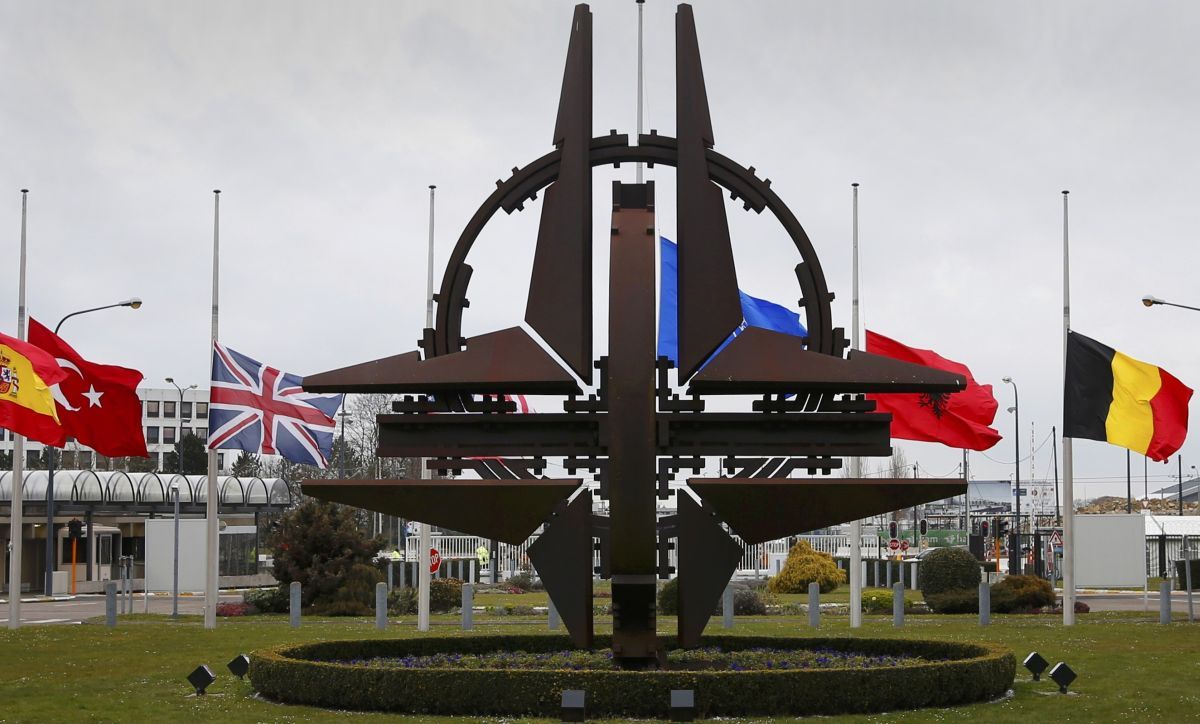
The much-discussed requirement that NATO members spend 2% of their GDP on defense has become outdated, the author wrote for Foreign Policy.
Now that “war” is as much about hacking, subversion, espionage, and fake news as it is about tanks, the West needs a minimal baseline requirement for spending on “hybrid defense”: police services, counterintelligence services, and the like, Galeotti believes.
This should matter just as much to members of the alliance when their fellow members underspend on hybrid defense measures as it does when they underspend on the military.
“Given that NATO now recognizes cyberattacks as possible grounds for invoking Article 5, the alliance’s mutual defense clause, weak national cyber-defenses are a potential invitation to a wider conflict. More broadly, a failure to address non-kinetic defense undermines the solidarity and common confidence building at NATO’s heart,” the author wrote.
Read alsoUkraine intends to have NATO membership Action Plan back on agenda - PoroshenkoAfter all, NATO membership is a powerful but only partial guarantee, Galeotti says, citing Montenegro as an example of the existing threats the allies are facing. The latest country to join NATO, Montenegro spends about 1.3% of its GDP on defense. The country is now likely safe from overt Russian military action, but not so much against covert measures. Shortly after joining, the country came under serious cyberattack — likely as a consequence of its new membership. The attacks came a few months after 20 Montenegrins and Serbians were arrested and, along with two Russians, charged with planning a coup. Montenegro claimed Moscow was behind the operation, and Russia’s ritual denials lacked conviction.
Had the coup succeeded, it would have left NATO’s newest member in severe disarray, vulnerable to further political subversion.
With the West, and Europe especially, engaged in a political war, as much attention needs to be paid to ensuring common minimal standards of “hybrid defense” as to outright military spending.
Policing, for example, contributes directly to “hybrid security.” Not only is organized crime sometimes an instrument of Russian covert activity, but a sense of public insecurity can be mobilized by malign propaganda to generate social tensions and support divisive extremist political agendas.
Read alsoU.S. Senate highlights Russian interference in Montenegro as sanctions bill stallsA capable, well-trained, and resourced police force also provides the state with more scalable responses in times of crisis. Deploying soldiers against rioters, for example, is not just bad optics; it increases the risk of escalation.
Security and counterintelligence services are also a critical aspect of hybrid defense. They are necessary to help monitor and close down foreign espionage and subversion operations and the secret “black account” funding used to support destabilizing groups and activities. Counterintelligence and security spending among European countries averages 0.07% of GDP but (absent France and Romania) ranges from the United Kingdom’s 0.15% down to Belgium’s 0.01%. These disparities risk creating vulnerabilities for everyone. It is widely acknowledged, for example, that the Czech Republic (below average on counterintelligence spending) is a hub for Russian intelligence operations across Central Europe and NATO, and the EU headquarters in Belgium (lower yet) is a playground for Moscow’s spooks.
Read alsoUkraine may not become NATO member until Russia has "less belligerent president" – ex-U.S. envoyAt the same time, countries such as Bulgaria and Estonia, which acknowledge a serious and sustained effort by Moscow to penetrate and subvert them, have above-average counterintelligence spending to match. However, others appear to be neglecting this element of their security, focusing perhaps too much on policing, the regular military, or neither.
“Simply having a common benchmark for hybrid defense will inevitably improve the quality of the data. It will also force European countries to do something new to most of them: to consider the whole gamut of non-kinetic defensive measures available, from counterintelligence to media awareness, as part of a single, unified security concept,” the author concludes.
Non-kinetic security spending, just like defense budgets, “buys protection on a variety of levels. It blocks malign foreign activities, provides wider ranges of capability and response, and acts as a deterrent. In an age of hybrid war, minimum common standards of hybrid defense are a must.”

